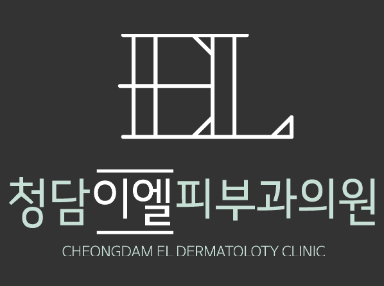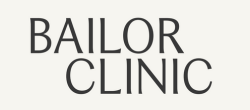Fixing a Botched Non-Surgical Facelift in Korea
When “Non-Surgical” Doesn’t Mean “No Risk”
Non-surgical facelifts such as thread lifting, HIFU (Ultherapy, Shurink), or RF skin tightening promise youthful skin without downtime — but when done incorrectly, they can leave uneven results, facial stiffness, or contour deformities.
In Korea, expert aesthetic clinics offer advanced correction treatments designed to fix these complications safely and restore natural facial balance.
Common Problems After a Botched Non-Surgical Facelift
- Uneven lift or asymmetrical results
- Dimpling or surface irregularities on the cheeks or jawline
- Stiff, over-pulled facial expressions
- Thread migration or sagging skin
- Nerve tenderness or prolonged swelling
- Irregular contours around the chin or nasolabial folds
These often occur due to incorrect thread placement, poor device calibration, or overuse of lifting threads.
How Korean Clinics Correct Botched Non-Surgical Facelifts
1️⃣ Detailed Assessment and Planning
Specialists begin with a thorough facial scan to locate misplaced threads and detect any tissue tension or fibrosis. Treatment is then tailored to each patient’s anatomy.
2️⃣ Thread Removal or Repositioning
Misplaced threads can be carefully removed or adjusted through micro-incisions under local anesthesia to relieve tension and improve symmetry.
3️⃣ Regenerative Treatments for Healing
To repair damaged skin and smooth irregularities, Korean clinics combine:
- PRP or Exosome therapy to boost collagen repair
- RF microneedling or laser resurfacing to even out texture
- Fat grafting or fillers to restore natural contours
4️⃣ Re-Lifting with Advanced Devices
Once healing is complete, a new lifting procedure using InMode, Thermage FLX, or Oligio can be performed to safely lift and tighten the skin.
5️⃣ Targeted Aftercare Programs
Korean clinics emphasize recovery with anti-inflammatory therapy, LED light rejuvenation, and soothing skin care protocols to minimize swelling and optimize results.
Why Choose Korea for Non-Surgical Facelift Revision
- Specialists in thread lift correction and revision
- Access to advanced imaging and ultrasound guidance
- Cutting-edge lifting and regenerative devices
- Customized treatment plans for each patient’s needs
- English-speaking staff and international patient support
Recovery Timeline
- Minor thread removal: 3 – 5 days
- Combined correction and repair: 1 – 2 weeks
- Full re-lift results: visible improvement within 2 – 3 weeks
Before Your Consultation
✅ Bring previous treatment records or photos if available
✅ Stop blood-thinning supplements five days before your visit
✅ Note any areas of pain, dimpling, or tightness
✅ Choose a clinic with proven revision experience
Final Thoughts
A botched non-surgical facelift can be corrected without starting over. Korea’s top aesthetic experts offer precise, safe solutions to restore facial harmony — giving you the smooth, lifted, and natural look you originally wanted.
Book a Consultation
Ready to fix your non-surgical facelift? Schedule a private consultation with Korea’s trusted correction specialists.


